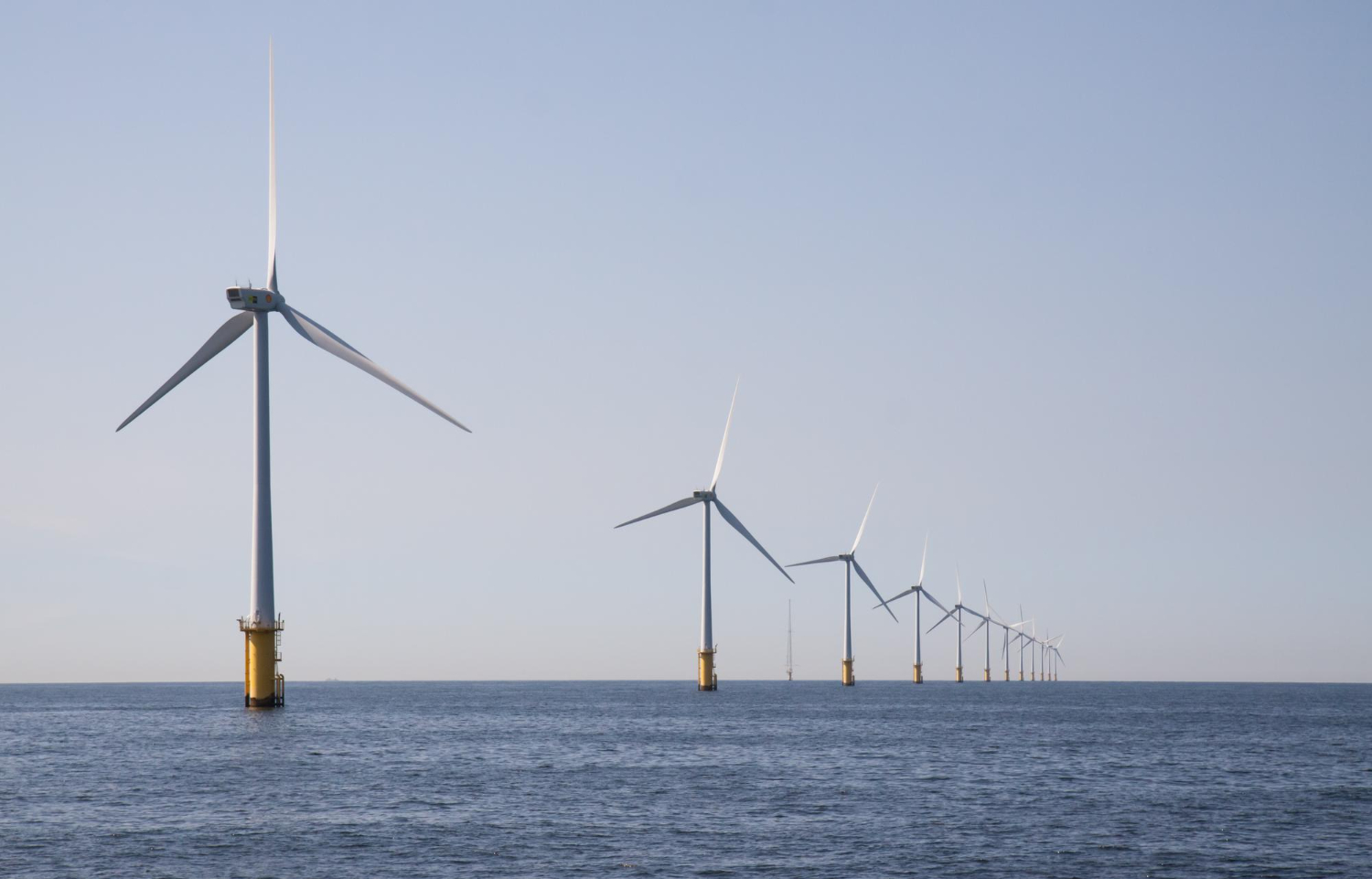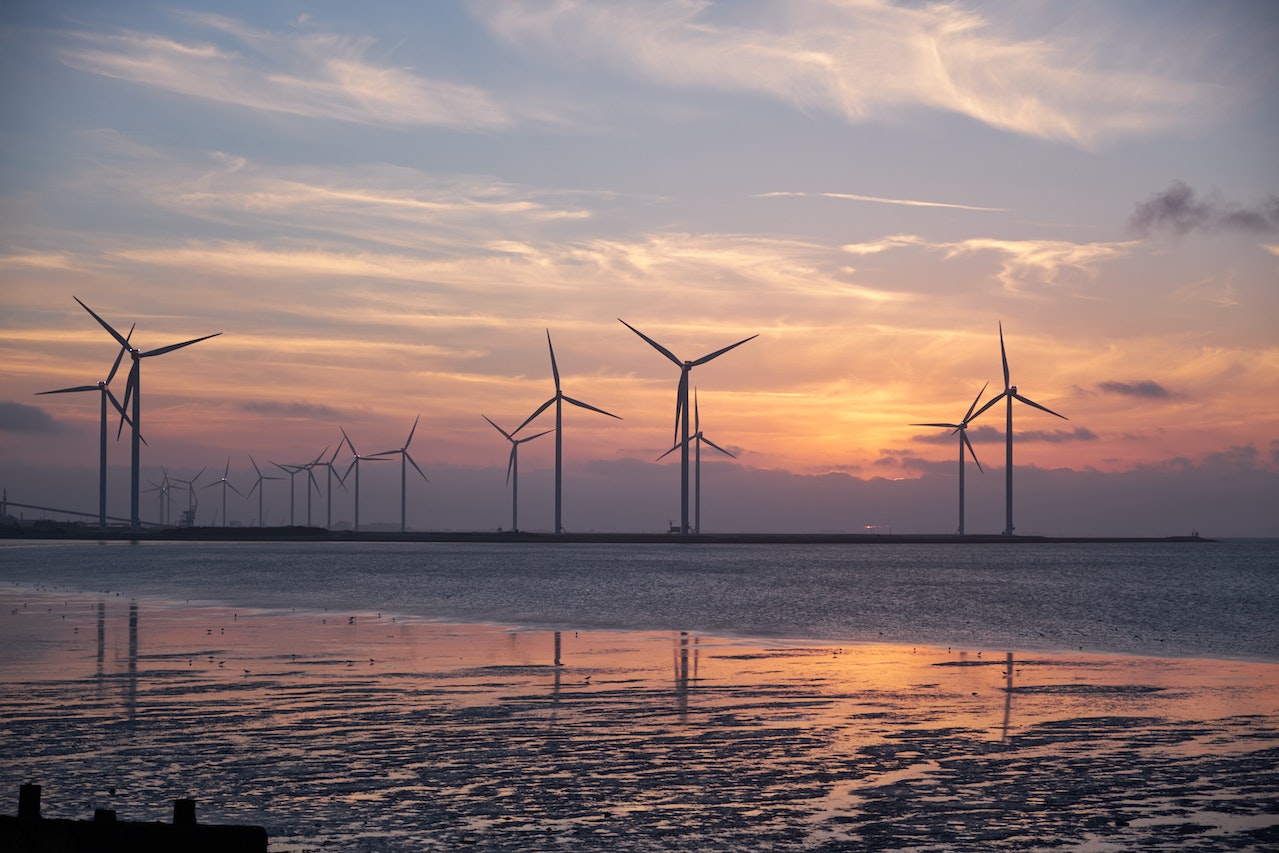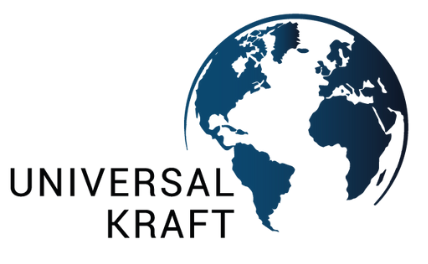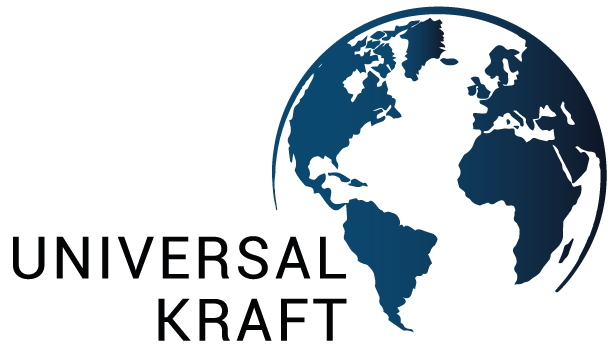
Offshore wind energy refers to renewable electricity produced by wind turbines installed in shallow waters of less than 50 m deep, unless it’s a floating offshore wind platform.
Typically, they are found 30 kilometers or less from the coast. Coastal winds help to turn the wind turbine blades, spinning a shaft connected to a generator. This generator turns the kinetic energy into electricity, which is sent to substations and fed into the electricity grid or distributed to industrial users.
Wind turbines in offshore wind farms tend to be bigger than the turbines used for onshore wind farms.
What are the advantages of offshore wind production?
The winds are blowing continuously and with great force at sea. Implementing wind farms at sea further from the coast and far from any kind of interference in the wind, means greater capacity of generation. It also holds less impact on the landscape as the wind farms are located further and further and beyond the horizon line.

Since offshore wind farms are frequently situated beyond the horizon, they also have the benefit of causing less disruption to most landscapes. Surrounding populations are therefore less likely to see and hear these turbines operating. And with negligible impacts on most people, power generators can also install bigger wind turbines, and more of them.
Offshore wind: assets and opportunities
- A cleaner energy
- A greater capacity of generation
- The opportunity to fuel the green hydrogen industry/production
- An efficient solution for states to gain energy independence
- A greener and specialized supply chain, with the emergence of new expertise and new jobs
- An energy source that respects the local biodiversity, developing research and technologies that respect the fauna and flora
- A perpetual source of innovation

The sector will keep on growing: countries are increasing their targets and we are now able to develop offshore wind farms faster and with reducing costs. The nations with the biggest fleets of wind turbines in Europe will still remain Germany, Spain, and the United Kingdom. Growth will slow in Germany and will accelerate in Spain and Sweden.
Several reports and studies are reinforcing the idea that wind energy will play a key role in the necessary energy transition to meet the challenges of climate change and produce clean energy.

For more than 20 years, Universal Kraft has developed greenfield and brownfield wind energy plants all around the world. Large-scale wind initiatives are currently underway in Taiwan, the Caribbean, and Europe. Hydrogen production facilities combined with existing wind energy farms in Sweden and Canada are currently being designed and engineered, for execution in the coming year. Discover all our projects here.




